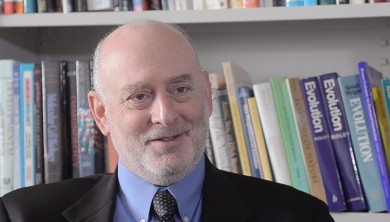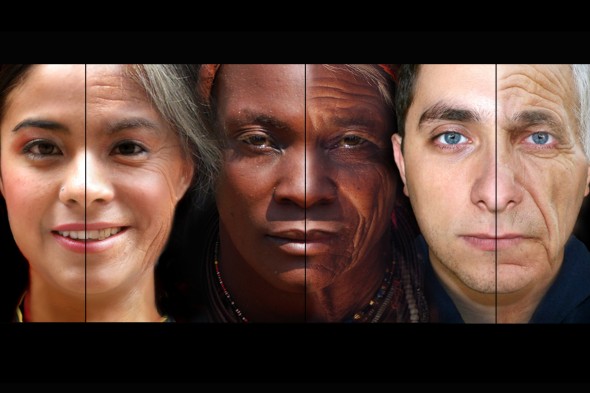Researcher offers opportunity to ‘Face Your Age’ for science
A new website co-developed by UIC researcher S. Jay Olshansky tells users how old their face looks, relative to other people their age.
“If people tell you that you look young for your age, you probably do, since their eyes are doing what the program does — just less efficiently,” said Olshansky, professor of epidemiology in the School of Public Health.
“Our program will quantify what your friends are telling you.”
In the last three weeks, more than 215,000 people have uploaded their photos to Face My Age, which tells users the apparent age of their face, as well as other information such as life expectancy, based on a short health questionnaire.
Olshansky collaborated with Karl Ricanek, who has worked on facial recognition technology with the FBI and CIA, to create the program.
Olshansky came up with the idea after an insurance underwriter explained the difficulty of collecting accurate health information.
“There are pretty good biomarkers on the face about what is going on in the rest of the body,” Olshansky said. “People who look younger are probably aging more slowly, which means they will probably lead longer lives.”
Olshansky hoped to have about 20,000 people submit their photos this year to create a sizeable sample that the software could use to collect data on faces. But after the website was featured July 2 on the front page of the Washington Post Health section, a surge of new photos came in — giving them 10 times the number they hoped for in just two weeks.

“People who look younger are probably aging more slowly, which means they will probably lead longer lives,” says S. Jay Olshansky. Photo: Joshua Clark/UIC Photo Services
“At one point, we were getting 2,500 images per hour,” he said.
Although the information is fun for users to know, the technology has practical applications for insurance companies, cosmetics makers and plastic surgeons.
The program also has the ability to age someone’s face, although it’s not publicly available on the site. From a public health perspective, the tool could be helpful to encourage people to make healthier choices, Olshansky said.
“We can show you what you’ll look like at 50 if you adopt a healthy lifestyle and what you look like at 50 if you smoke cigarettes, have a lot of exposure to the sun, use methamphetamines,” he said. “From a public health perspective, I see a real potential in helping to influence young people to adopt healthier lifestyles.
“It’s one thing to be told — it’s another thing to see it.”

